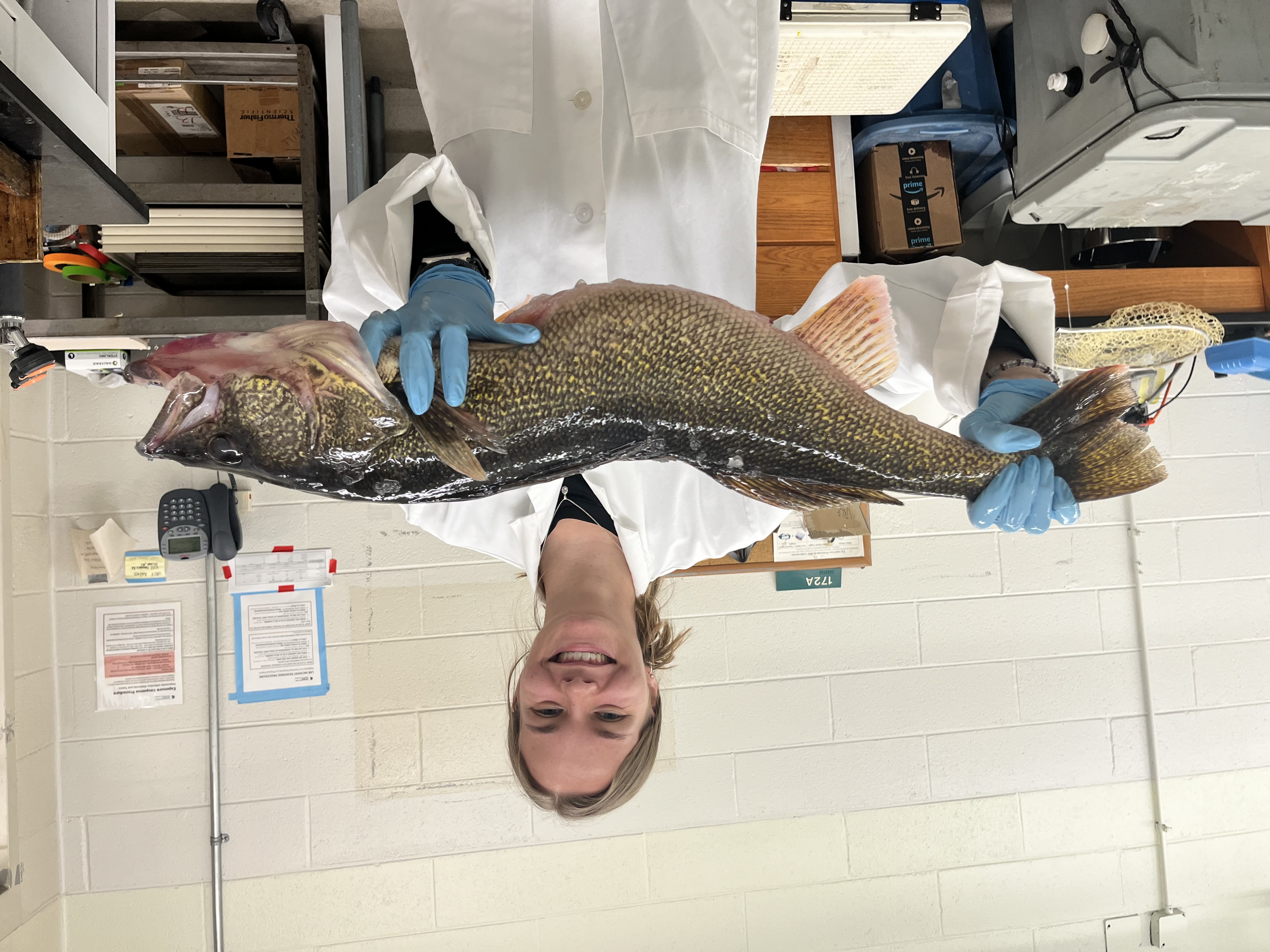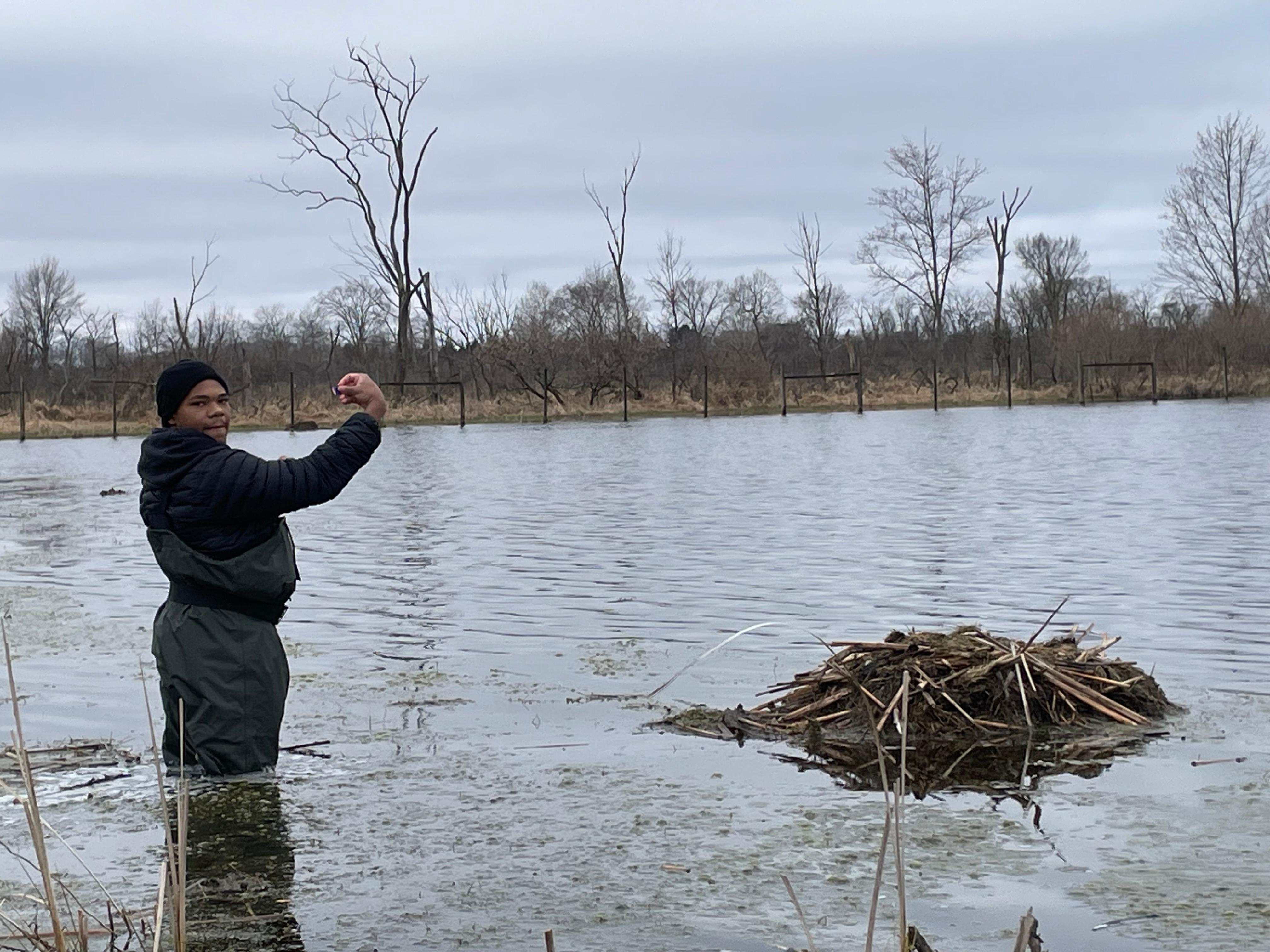Glassen Undergraduate Experience
Description of Program

The Glassen Undergraduate Experience (GUE) provides students with the opportunity to gain direct professional experience in the Fisheries and Wildlife field early in their academic career. Students selected to participate in the GUE are mentored by a Fisheries and Wildlife faculty member and conduct a research or outreach project over the course of 1-2 semesters. This is a paid hourly position (currently $15/hour) and students are expected to work ~ 5-10 hours per week with a maximum of $3,000 per award.
Glassen Undergraduate Fellows are strongly encouraged to conduct an independent study (FW 490) based on their GUE work to fulfill the experiential learning requirement of the Fisheries and Wildlife major.
To be considered for the Glassen Undergraduate Experience, the student must:
- Be a first year, second year, transfer student, or recent major change currently majoring in Fisheries and Wildlife at MSU,
- Be enrolled in a minimum of 6 credits,
- Submit an application and resume. Applications are e-mailed directly to Fisheries and Wildlife majors early in the semester with a due date of mid-September (Fall placement) or mid-January (Spring placement).
Please contact Rose Stewart (stewa684@msu.edu) if you have questions about the program.
Selection Process
When completing their application, students rank their interest level for each of the available projects. Applications are reviewed by a selection committee comprised of Fisheries and Wildlife faculty and staff. A preliminary matching process between students and projects occurs based on the quality of the application and how each student ranks the experiences. Preference will be given to students with no or limited direct work experience in the Fisheries and Wildlife field. Before finalizing the matches, students will meet with their potential faculty mentor to make sure it’s a good fit. We typically select 10-15 students annually to participate in the GUE.
Examples of Recent Projects

- Reviewing trail camera photos of wildlife to estimate wildlife abundance and population characteristics
- Spawning and nursery habitat locations for socioeconomically important Great Lakes fishes
- Tracking wood turtles with VHF radio telemetry to assess effects of private forest management in Michigan’s UP
- Learning fish husbandry and testing fish for bacterial pathogens using molecular assays
- Investigating the role of wild animal harvest and protein availability on nutritional security in North America



 Print
Print Email
Email